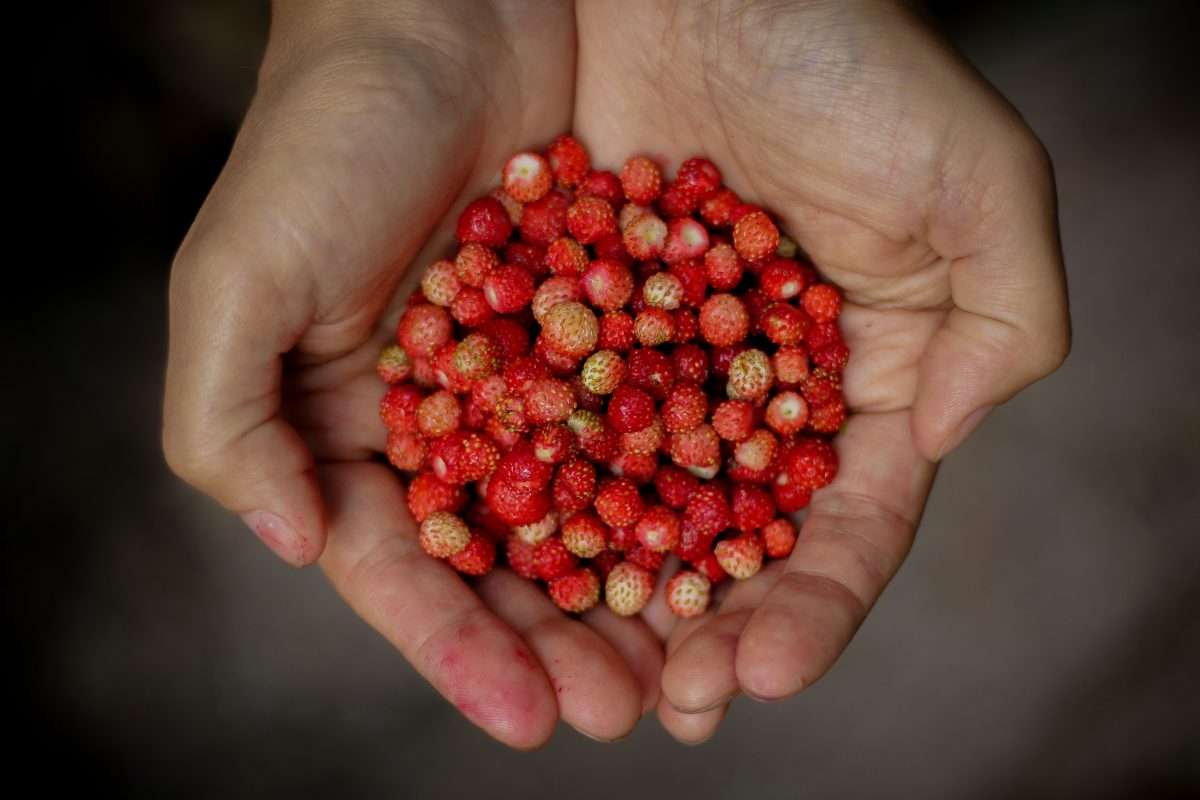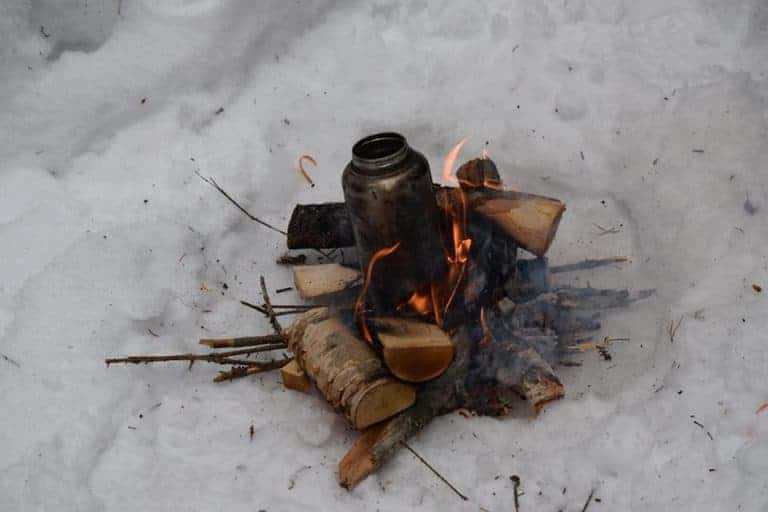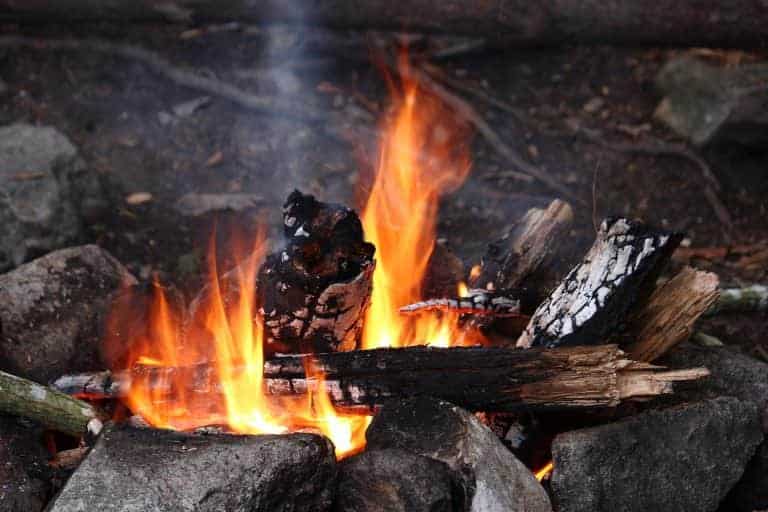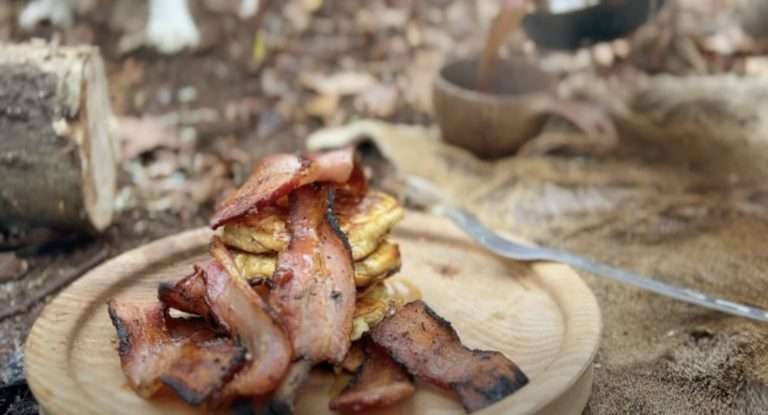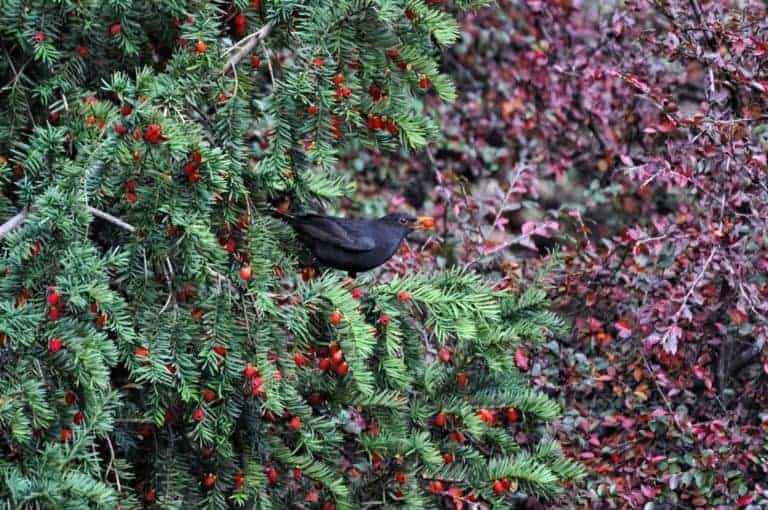Foraging In Summer
We are now well and truly into the summer months and the vegetation all around us seems to be thriving. Amongst the woodland, hedgerows and incredible plant life on your adventures, there are edible delights all around, which makes foraging in summer even more rewarding.
It is vital to remember that many plants look similar to each other, some are edible and some are definitely not. Always be sure of your plant identification. Even if you are experienced, always triple check before eating. And if you are at all unsure, just don’t risk it.
1. Meadowsweet (Filipendula ulmaria)
The delicate smelling meadowsweet, with a similar smell to sweet almonds. Is a common sight amongst British hedgerows.
Meadowsweet has long been used in herbal medicine and was important in the development. Of aspirin due to the presence of salicylates in the plant.

Meadowsweet is in full flower from June into August and grows best where there is plenty of moisture in the soil.
The leaves have a delicate cucumber flavour while the flowers have a light almond flavour. Once dried the plant takes on a freshly cut hay scent which evokes the sense of summer. Both leaves and flowers can be made in to teas, cordials or added to summer salads.
Traditionally Meadowsweet was used for pain relief and to treat fevers. But due to the aspirin-like action of the plant. It should be used with caution for anyone with blood or digestive disorders. Or sensitivity to aspirin-based medications.
2. Wild Strawberries (Fragaria vesca)
These tiny little gems are packed full of flavour, so don’t be put off by their size. The plant itself looks like a smaller version of the cultivated strawberry plant. Which can greatly help with identifying the plant.

It is unusual to be able to find a large crop, so be mindful of how many you forage for yourself as they are equally enjoyed by wildlife too.
Wild strawberries can be enjoyed raw straight from the plant or added in to fruit salads with other summer fruits. Alternatively, they can be added to fruit jams, jellies and sauces.
These tasty little woodland gems are packed full of Vitamin C as well as being a good source of potassium too.
3. Yarrow (Achillea millefolium)
Traditionally used as an astringent for wounds, Yarrow has even been used on the battlefield, hence its other name Soldier’s Woundwort.

The leaves of the plant are edible and work well used in salads or cooked in to soups and stews. Eaten raw it does have a slightly bitter taste which can be used as a seasoning. Or the leaves dried and added to dishes much as you would with other dried herbs. The leaves also work well made in to a tea.
Yarrow was a popular vegetable option in the 17th Century due to its abundance in fields, hedgerows and woodland.
The leaves of the Yarrow plant have a feathery-like appearance, similar to camomile and pineapple weed. Even though these species are all edible it is good practice to be clear with your plant identification for your own safety.
When picking, some people with sensitive skin have a skin reaction due to the astringent nature of the plant, so be cautious if you have skin that is easily reactive.
4. Wild Rose/ Dog Rose/ Climbing Rose (Rosa)
Rose grows wild in woodlands, wastelands, hedgerows and parks. As well as being known for its decorative qualities it also has nutritional and health benefits too

The flowers emerge from early summer, maybe a little earlier in sunnier patches. When foraging, just pinch off the edible petals from the flowers as this is the only part of the plant that you want at this time of the year.
By only removing the petals, you are then leaving behind the part of the plant that will develop in to rose hips later in the season. These are also forgeable, as well as being an important stage of the plant’s reproduction for the next generation of rose.
Rose petals have a lightly sweet and floral flavour. They can be eaten raw, but due to their dry texture they work best with fresh summer fruits and salads, or in jams and jellies. The petals can be dried and used as a tea, for baking or a nice addition to granola.
It is said that Rose promotes relaxation and reduces anxiety so a nice one to build in to your forgeable menu.
5. Honeysuckle (Lonicera)
There are approximately 200 species of honeysuckle, many growing in hedgerows, woodland and scrubland, as well as being cultivated in gardens.

The flowers of the honeysuckle are the bits you are after and have a delicious light summery flavour.
Delicate honeysuckle flowers work well as a tea or gently boiled with sugar to make a delicious syrup that can be added to deserts, cordials or cocktails. These tasty flowers work well with other summer edible flowers too, especially elderflower, making a great addition to elderflower cordial.
To make a light refreshing drink for hot summer days, simply steep honeysuckle flowers in a jug of freshly boiled water. Then store in the fridge and sip throughout the day
It is important to note that even though the flowers are edible, many species of honeysuckle have berries that are toxic when ingested. So enjoy the flowers but steer clear of the berries.
6. Borage (Borago officinalis)

Borage, also known as starflower, has long been prized for its health benefits. Both leaves and flowers are edible with a light honey like flavour. The flowers can be eaten raw, added to salads or to give a natural light sweetness to deserts.
The leaves work better cooked in to soups and sauces. Both flowers and leaves can be steeped in boiling water to make tea, or dried and used as a herb for seasoning for many dishes.
7. Brambles (Rubus)

We all know that brambles produce delicious blackberries in late summer to early autumn. But they produce other delicious edibles too.
The young leaves and stems of the bramble can be made in to tea, giving a light fruity taste. While the petals from from the bramble flowers can be added to salads. Served with fruit giving a delicate summer flavour.
As with the rose, only forage the petals and leave the flower head where it is so that the they can mature on into the blackberries we all know and love. Not only a tasty treat of us, but vital nutrition for wildlife too so be sure to only take. What you need and only forage in areas of abundance.
8. Elderflower (Sambucus nigra)

At this time of year the Elder tree produces large heads of tiny, white, fragrant edible flowers. And this is a sure sign of summer, making its appearance from May well into July. When the pollinated flowers develop in to Elderberries.
These flowers truly are a taste of summer and a very versatile ingredient too. Working well in cordials, champagne, summer jellies, sorbets and tasty crispy fritters too.
Be sure of your plant identification, and if foraging in summer amongst dense hedgerows double check. The fact-gathering the correct flower from up in the tree rather than a plant growing from the ground. As there are many plants that have a similar-looking flower that definitely aren’t edible.
9. Elderberries (Sambucus nigra)

From late July the elderflowers develop in to highly nutritious elderberries, beautiful clusters of small purple-black berries on reddish stalks.
If eaten raw, too many elderberries can have a toxic effect and cause digestive upset. And it is worth noting that the amount varies from person to person. Some claim they can eat them raw without a problem yet others report digestive problems after just one, so be mindful of this. So we recommend that you eat them cooked just to be on the safe side. By cooking the berries it helps to remove the lectin and cyanide that are toxic to us when ingested.
Elderberries are packed full of Vitamin C and are commonly cooked in to a syrup form and taken to stave off coughs and colds through the winter months.
These tasty and nutritious berries can also be cooked in to tasty hedgerow jams and jellies, as well as delicious hedgerow ketchup that goes well with meats and cheese.
10. Dandelion (Taraxacum offinale)

Often overlooked as common weed, the mighty dandelion is a tasty little treat. This versatile plant can be used to make tea, beer and wine. The flowers can be used to make a fantastically sweet “honey” or dipped in a light batter to make tasty flower fritters. The petals of the flower can also be pulled apart and sprinkled across salads or mixed through rice dishes to give both colour and a light flavour too.
Dandelion flowers are best foraged in late afternoon after hours of sunshine so they are fully opened. And with all foraging, be sure not to forage from directly next to the road to minimise. The chance of ingesting toxins from fumes and traffic pollution.
Remember to forage responsibly. The flowers or berries that you are collecting are needed for the next stage of the plant’s life cycle so be sure to leave enough flowers to turn into the plant’s fruiting body. Likewise be sure to leave enough fruit to enable the plant’s seeds to be spread. So only forage in plentiful areas and be sure to leave enough for the wildlife too, so only take what you need.
To minimise damage be sure to stick to paths and tracks to prevent damage from trampling. Don’t uproot plants and be gentle when taking from the plant. The aim is to leave the area with no evidence of you being there, and with no damage to the plants so that they continue their life cycle, and hopefully produce more tasty forgeables again.
If you are new to the world of foraging be sure to head out with an experienced friend, armed with a reliable guidebook. Or book on to a suitable foraging course, one taught by fully qualified and experienced instructors.
And of course, and we can’t say this enough, but be 110% sure of your plant identification, and if in doubt, leave it out!!

